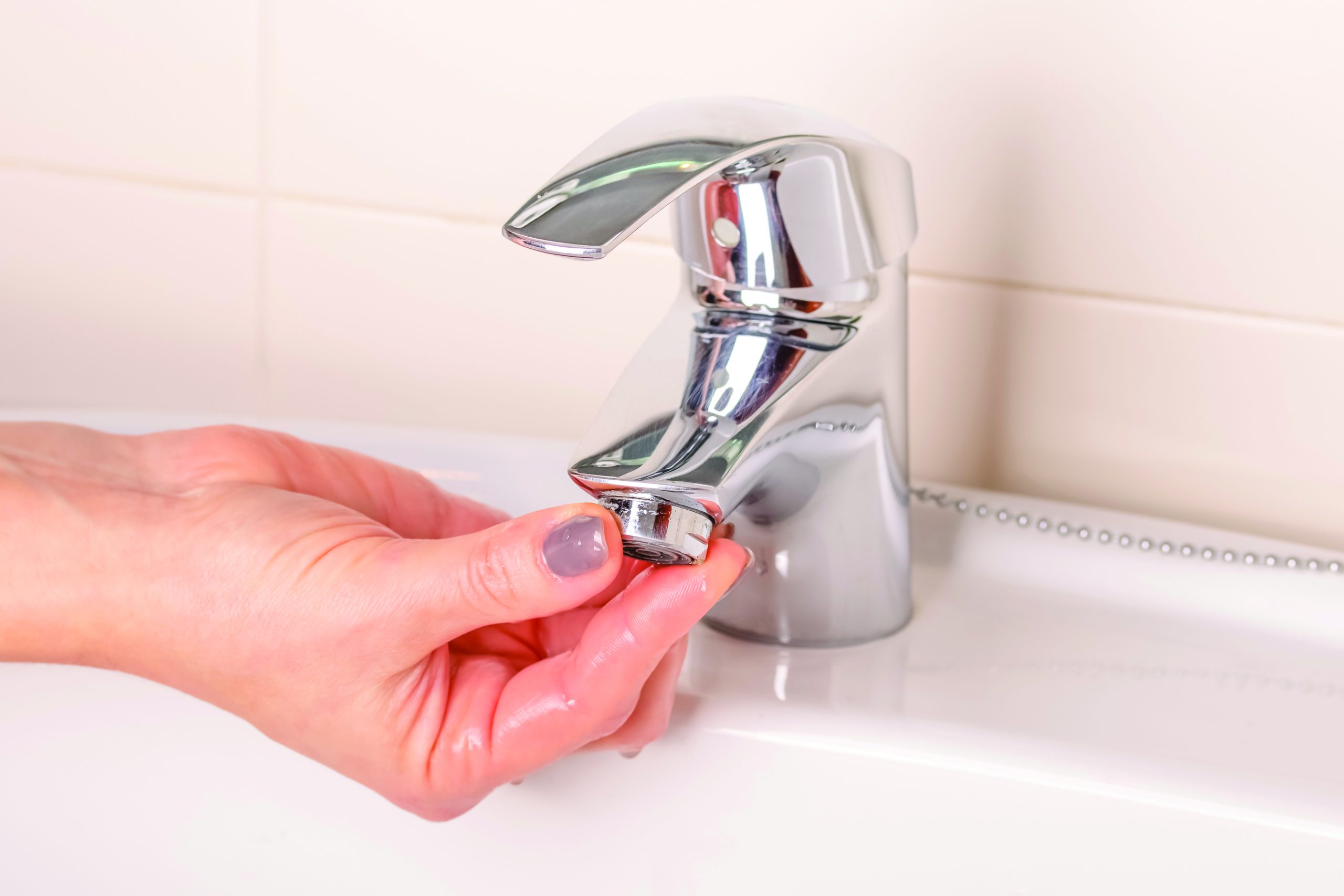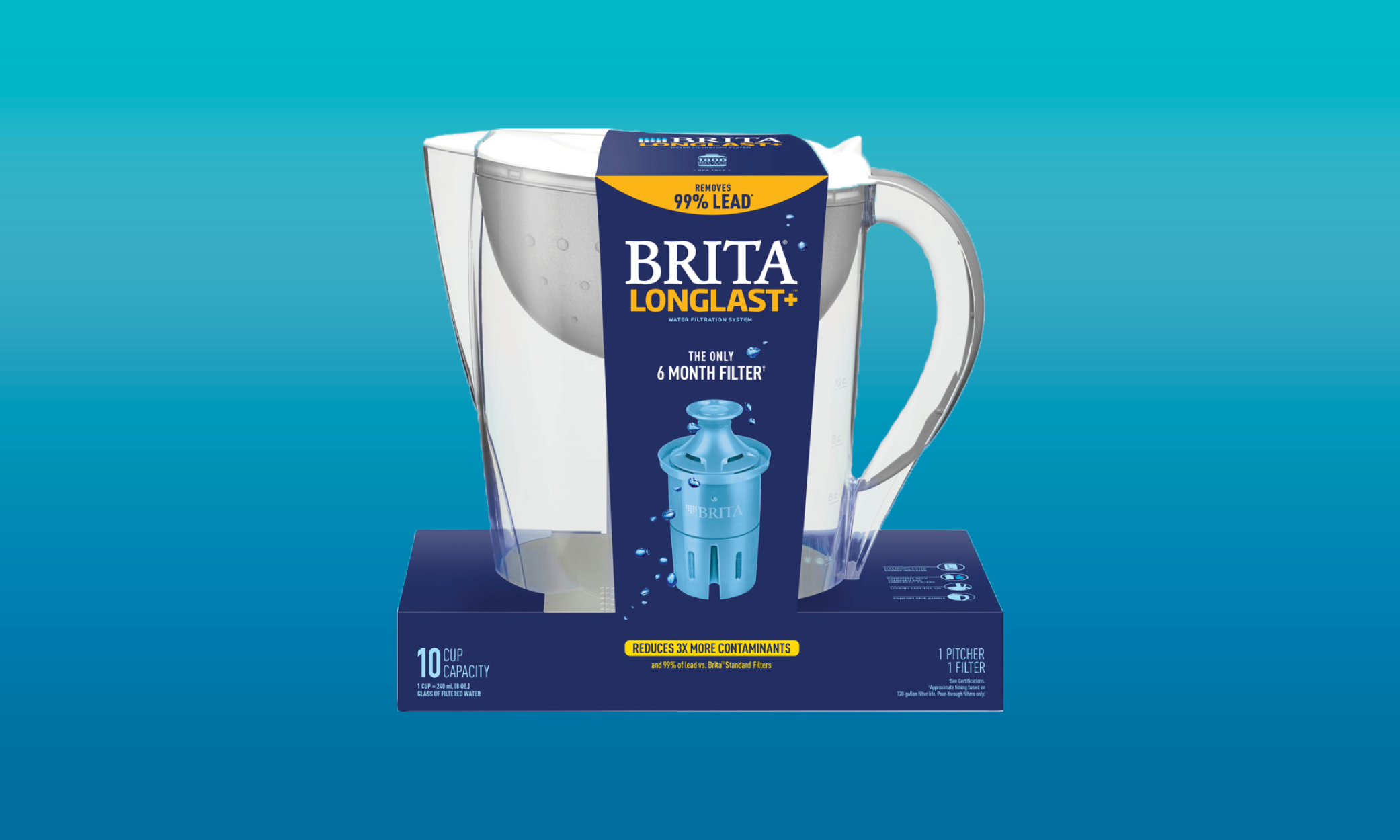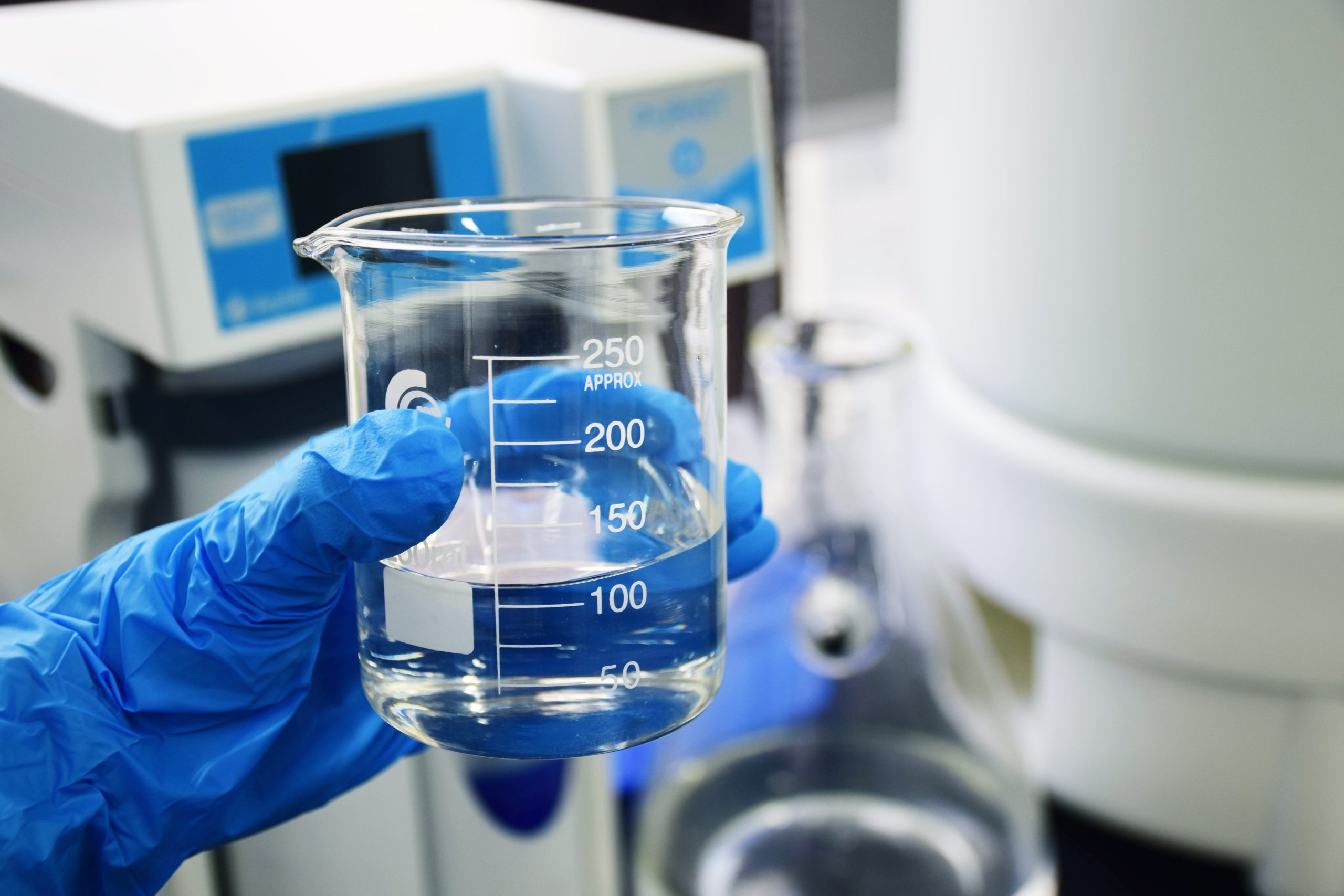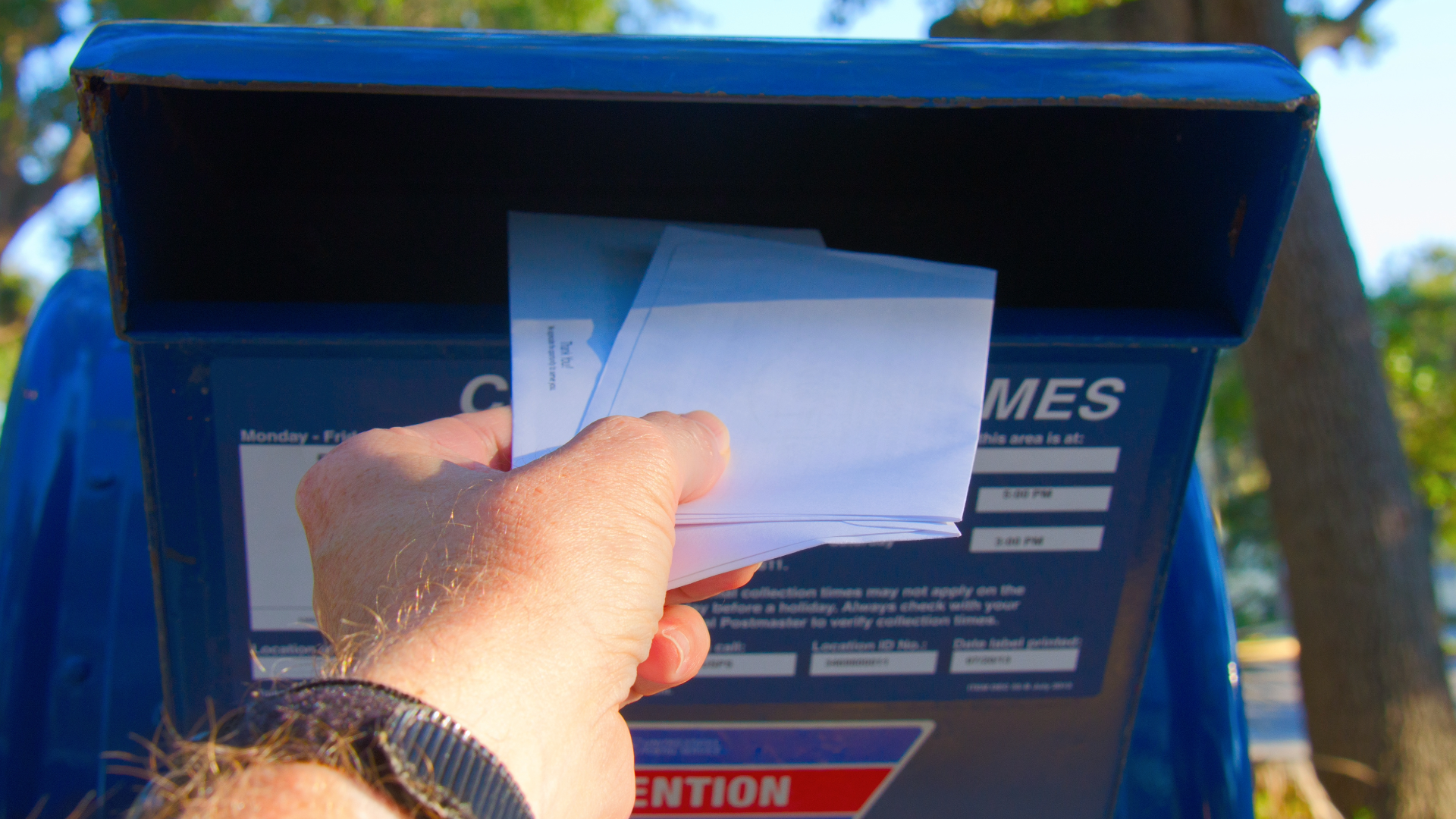Thank you to everyone who attended a recent Lead Service Line Replacement Program Community Workshop
These workshops were an opportunity to learn what to expect when the program reaches your neighborhood. We explained how the replacement process works, why it is important and how you can prepare now.
If you missed it, check out these resources:
Slide Deck of Community Workshop Webinar
Recording of Community Workshop Webinar
(You will need to enter the password: dEJMuW3q)
M.U.D.’s Lead Service Line Replacement Program is a multi-year plan to replace all the lead service lines in our community. We started the program in summer 2024 and it will take approximately 10 years to complete.
Refer to the FAQs at the bottom of this page for more information.
Here is how the program works:
-
DETECT
Click on the link below and enter your address into the interactive map to find out if your home has a lead service line and if you are eligible for our replacement program.
-
CORRECT
M.U.D. will replace all lead service lines, but we are prioritizing areas with a large number of homes with infants and children and areas with high concentrations of lead service lines.
-
PROTECT
Exposure to lead in drinking water may cause serious health effects in all age groups with pregnant women, infants and children affected the most. This is why M.U.D. is committed to safeguarding our community to protect our customers from lead in drinking water.
-
Program Overview Video
Para ver el vídeo en español, haga clic aquí.
-
Replacement Process Video
Para ver el vídeo en español, haga clic aquí.

The Flushing Process
After your line has been replaced and water is restored to your home, do the following process one time:
- Remove aerators/screens from all faucets including showerheads. The aerator is usually at the tip of the faucet and can be unscrewed to remove and clean.
- Run COLD water from the lowest level of the home, closest to the service line (usually an outside hose bibb or downstairs bathroom) for 20 minutes. Allow a strong stream of water to flow to flush out any potential lead particles that may have come loose and been captured in the internal plumbing.
- While the lowest level faucet is still running, work your way through the rest of the house to the highest, farthest faucet.
- When all faucets are on/ opened, let the water run for an additional 20 minutes.
- After 20 minutes, turn off faucets in the same order you turned them on.
- Clean aerators/screens at each faucet and replace if needed.
For the next six months after line replacement:
- Run water through the plumbing in your home for two minutes each morning (or after any period of inactivity/no water use of six hours or more) before drinking or cooking. This can be done by taking a shower, running the dishwasher or running cold water through the faucet.
- Avoid consuming hot water directly from the tap, especially if preparing baby formula.
- Keep in mind: boiling water does NOT reduce lead levels.
- Consider having your child(ren)’s blood tested for lead as a precaution.
- Continue to use the Brita water pitcher M.U.D. supplied you to reduce lead in drinking water OR use bottled water. If you use the pitcher beyond six months, follow the manufacturer’s instructions for filter replacement.
To watch a video about the flushing process, click here.

Concerned About Lead in Your Drinking Water:
Customers who have a lead, galvanized or lead status unknown service line may request a water sample test kit and/or filtered water pitcher. M.U.D. has partnered with TruePani to provide these materials at no cost to you. The water pitcher comes with a six-month filter certified to remove lead from your drinking water.
Please click the link below to order your test kit and/or filtered water pitcher. Replacement filters are available upon request.

Water Testing
M.U.D. has partnered with TruePani to send you a postcard three to six months after your service line is replaced to offer to test your water.
If it has been six months since your replacement and you haven’t received a postcard, please click on the link below to request your water sample test kit.
How to Collect a Sample Video
Additionally, Nebraskans not enrolled in our Lead Service Replacement program, due to having a non-lead water service line, can order a lead in water test from the Department of Health and Human Services for a small fee. To order a test, call 402.471.2122 or visit the link below.
Questions? Please email [email protected] or call 402.504.7029.

Program Materials
For more detailed information about the program and processes, check out the materials below:
Community Presentation
Slide Deck from Community Workshop Webinar
Recording of Community Workshop Webinar
(You will need to enter the password: dEJMuW3q)
Program Letters
Annual Known Lead Notification (Owner)
Annual Known Lead Notification (Resident)
Annual Known Lead Notification (Spanish)
Annual Unknown Notification (Owner)
Annual Unknown Notification (Resident)
Project Letters
Sample Project Letter (English)
Sample Project Letter (Spanish)
Brochures
Program Overview
Before, During and After Replacement
Postcards
Testing After Replacement
Videos
Program Overview (English)
Program Overview (Spanish)
Replacement Process (English)
Replacement Process (Spanish)
Flushing Process
How to Collect a Water Sample
Making Your Unknowns Known
30-Second Public Service Announcement
Replacement Program FAQs
-
How long will it take M.U.D. to complete this program?
M.U.D. has a goal to get all lead service lines replaced by the end of 2035.
-
When will M.U.D. replace my lead service line?
M.U.D. will be taking a systematic approach to the lead service line replacement program. We are going to focus on disadvantaged communities, homes with high lead levels, areas with high concentrations of children and in coordination with other construction activity. We cannot guarantee a date when we will be able to replace your lead service line, but please make sure you are watching your mail and email for communication from us when it’s your neighborhood’s turn. To ensure we have the most up-to-date contact information for you, please visit here.
-
What is the process to replace my lead service line?
- You will receive a project communication letter in the mail approximately a month before work is scheduled to begin.
- On-site visit by M.U.D. or the M.U.D. Contractor.
- Access to the property and inside the home will be needed to complete the work.
- Water service line replacement.
- The contractor and crew will dig up areas in the street, the curb, and/or your yard to access the pipes underground.
- The existing LSL is being replaced with a new copper line. The new line is connected to the M.U.D. water main at one end and your house plumbing at the other.
- The contractor tests the new line and runs water through to flush out possible debris and lead particles that may have broken loose during the replacement process.
- Once the work begins on your street, the project duration will be about one to two weeks.
- Streets, sidewalks, lawns, and landscaping may be affected; however, all will be restored at the end of the project and as weather permits.
- There may be possible lane restrictions in the street, but residents will be able to get in and out of their properties. Parking on the street is not recommended and may be restricted during the project due to the work being performed.
- Homeowner flushes internal plumbing after replacement. Please watch this video for instructions on this process.
- Customer may request a water test 3-6 months after replacement.
- Continued use of water pitcher, supplied by M.U.D., for 6 months after replacement.
-
Who is covering the cost of the lead service line replacements?
M.U.D. will replace customer-owned lead service lines free of charge. (The average cost of replacement is $8,000.)
The initial program cost will be covered by M.U.D. through a loan from the Drinking Water State Revolving Fund and grants. We’ll also be looking into ongoing funding through additional loans, grants and water rates, if necessary.
-
Can I request a sample test kit and (or) a water pitcher with a certified to remove lead prior to replacement?
Yes, only if you have a lead, galvanized, or lead unknown service line, you can click on the link below to request a water sample test kit or a water pitcher with a filter certified to remove lead.
-
Can I schedule my replacement?
No. M.U.D. will be developing the schedule and will reach out to you when we are coming to your neighborhood.
-
Can I hire a contractor/plumber to do the work and submit it for reimbursement?
No. M.U.D. is working with multiple contractors/plumbers in the Omaha area to do this work. We must control the cost and rules for replacements, so we cannot allow the hiring of contractors outside of our program.
-
Will my yard and landscaping be impacted during this process?
The contractor and crew will dig up areas in the street, the curb, and/or your yard to access the pipes underground.
Once the work begins on your street, the project duration will be about one to two weeks.
Streets, sidewalks, lawns, and landscaping may be affected; however, all will be restored at the end of the project and as weather permits.
-
Where can I find a map of areas M.U.D. is currently working on this program?
M.U.D. is working on a project map. Please check back in the future.
-
Will M.U.D. need access to my home when my lead service line is replaced?
Yes. M.U.D. and/or one of our contractors will need access to wherever your water line comes into your home, which is most often in the basement. An adult, 19 or older, will need to be home when this work takes place. The contractor or M.U.D. will communicate a date and time, in advance, with you.
-
Will I have to go without water?
Yes, for a short time. It will be restored, most often, within 2 hours.
-
Will my water be safe to drink and/or cook with after replacement?
The EPA recommends you use a filtered water pitcher for up to 6 months after replacement since particles of lead can break off during this process and settle in your interior plumbing.
M.U.D. will provide you a Brita water pitcher certified to filter out lead free of charge. Please refer to the brochure included with your pitcher for more information.
-
What steps do I need to take after replacement?
Customers who have their service lines replaced must follow the flushing instructions outlined above on this page. You will only need to do this process once.
In addition, the EPA recommends for 6 months post replacement you use a water pitcher certified to filter out lead for drinking and cooking. M.U.D. will provide one at no cost to you. Please refer to the brochure included with your pitcher for more information.
M.U.D. will offer to test your water for lead 3-6 months after replacement. Please watch your mail for a postcard reminder.
-
Will M.U.D. test my water for lead?
Yes. M.U.D. will test your water for lead if you have a “lead”, “galvanized” or “lead status unknown” service line per our interactive map. The tenant or homeowner can request a test by calling 402.504.7029 or emailing [email protected]. Tests can be requested both before and after replacement.
If you have a “non-lead” or “non-lead material unknown” service line, M.U.D. will test your water for a fee . For the current price, please refer to the M.U.D. Billing Price Book on the Rates & Fees page. Please call 402.504.7029 or email [email protected] to request a test kit.
Or, you can order a test from the Department of Health and Human Services for a small fee. To order a test, call 402.471.3935. For more information, visit the website.
-
Will M.U.D. guarantee the work completed on my water line?
The work will be guaranteed by the contractor on the water line installation for 1 year and for 3 years for any ground settling issues and concrete work.
-
What if my water line breaks before M.U.D. has scheduled my replacement?
Call 402.504.7029 or send an email to [email protected] to discuss next steps.
-
If M.U.D. is replacing the water main in front of my house, will M.U.D. replace the lead service line at that time?
Yes. You will not have to wait for the lead service line replacement program. If M.U.D. is replacing the water main, M.U.D. will replace all lead service lines attached to the main.
-
If I don’t have a lead service line, do I still need to worry about lead in my drinking water?
If the full service line is copper, it is still possible for lead-containing household fixtures and plumbing to elevate lead levels in your water. Learn more about tips to reduce your exposure to lead in drinking water here. The water provided by M.U.D. to homes and businesses is lead-free, but lead can get into the water as it moves through lead-containing household fixtures and plumbing that are owned by the customer.
-
What are my next steps if I have a “lead status unknown” water service line?
Click here for next steps.






